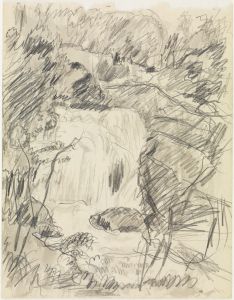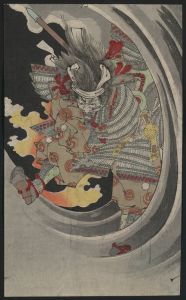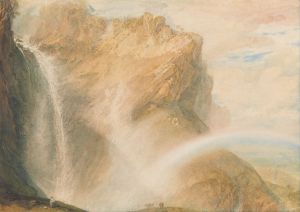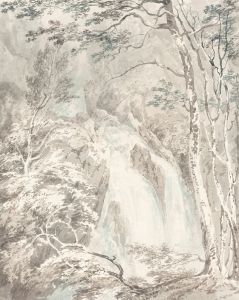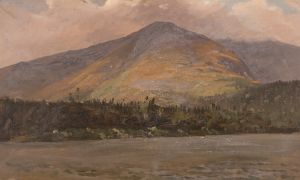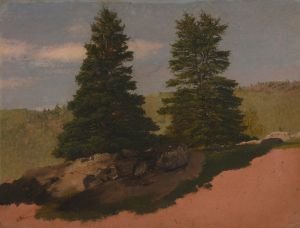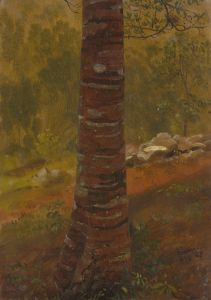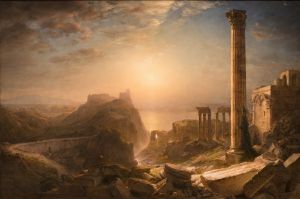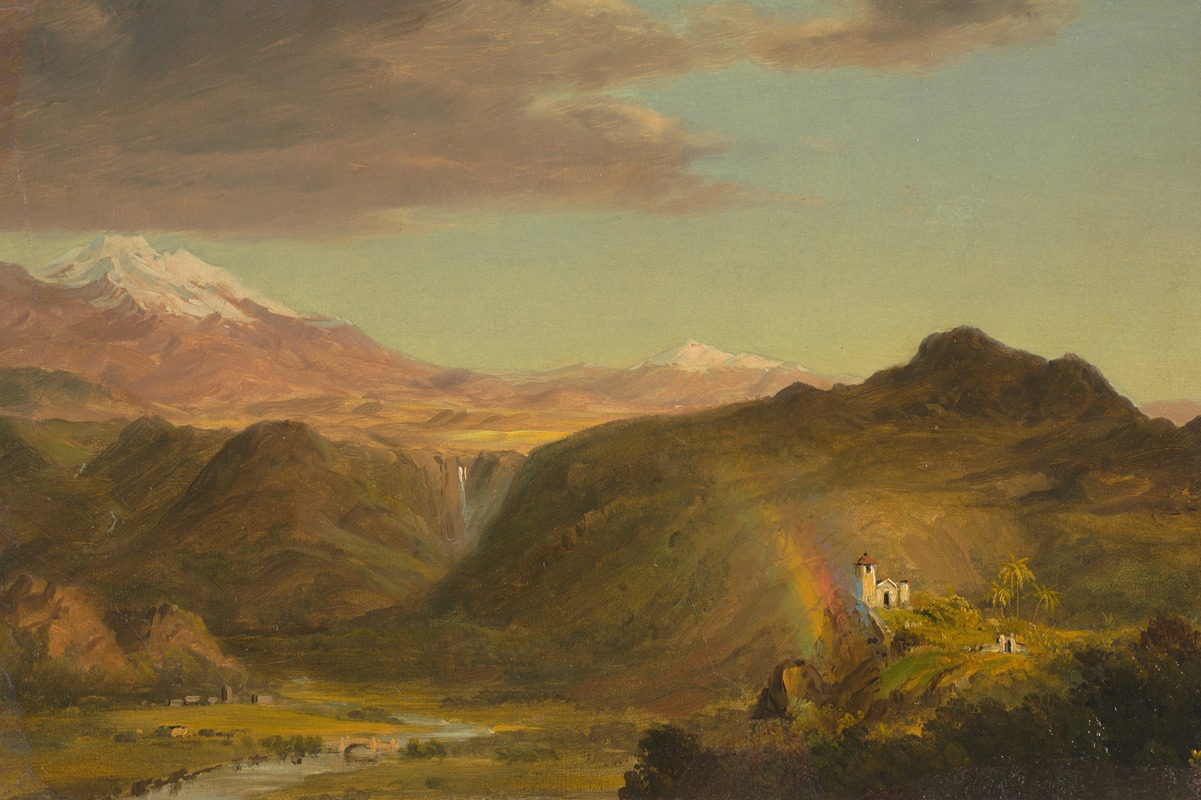
South American Landscape
A hand-painted replica of Frederic Edwin Church’s masterpiece South American Landscape, meticulously crafted by professional artists to capture the true essence of the original. Each piece is created with museum-quality canvas and rare mineral pigments, carefully painted by experienced artists with delicate brushstrokes and rich, layered colors to perfectly recreate the texture of the original artwork. Unlike machine-printed reproductions, this hand-painted version brings the painting to life, infused with the artist’s emotions and skill in every stroke. Whether for personal collection or home decoration, it instantly elevates the artistic atmosphere of any space.
"South American Landscape" is a painting by the American artist Frederic Edwin Church, completed in 1856. Church was a central figure in the Hudson River School, a mid-19th century American art movement known for its detailed, romantic portrayals of the American landscape. The Hudson River School artists were inspired by the natural beauty of the United States and often depicted scenes of the Hudson River Valley and the surrounding areas.
Frederic Edwin Church was born on May 4, 1826, in Hartford, Connecticut. He studied under Thomas Cole, the founder of the Hudson River School, and quickly became known for his ability to capture the grandeur and beauty of the natural world. Church's works are characterized by their meticulous attention to detail, dramatic use of light and shadow, and expansive compositions.
"South American Landscape" reflects Church's fascination with the exotic and the sublime. In the mid-1850s, Church embarked on a series of travels to South America, inspired by the writings of the German naturalist and explorer Alexander von Humboldt. Humboldt's descriptions of the South American landscape, particularly the Andes Mountains and the Amazon rainforest, captivated Church and influenced his artistic vision.
The painting depicts a lush, verdant landscape with towering mountains in the background, likely inspired by the Andes. The foreground features a dense, tropical forest with a variety of plant life, including palm trees and other exotic vegetation. A river winds through the scene, reflecting the vibrant colors of the surrounding foliage and sky. The composition is marked by a sense of depth and scale, drawing the viewer's eye from the detailed foreground to the distant peaks.
Church's use of light in "South American Landscape" is particularly striking. The painting captures the interplay of sunlight and shadow, creating a dynamic and atmospheric effect. The sky is rendered in a range of colors, from the warm hues of the setting sun to the cooler tones of the approaching twilight. This use of light not only enhances the realism of the scene but also imbues it with a sense of wonder and majesty.
"South American Landscape" is a testament to Church's skill as a painter and his ability to convey the awe-inspiring beauty of the natural world. The painting is also indicative of the broader cultural and scientific interests of the time, reflecting the 19th-century fascination with exploration and the natural sciences. Church's work was well-received by contemporary audiences and continues to be celebrated for its artistic and historical significance.
Today, "South American Landscape" is part of the collection at the Wadsworth Atheneum Museum of Art in Hartford, Connecticut. The painting remains an important example of Church's contribution to American art and the Hudson River School, showcasing his talent for capturing the sublime beauty of the natural world.






